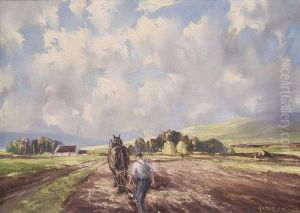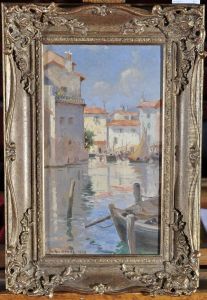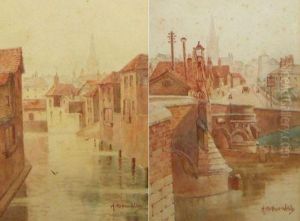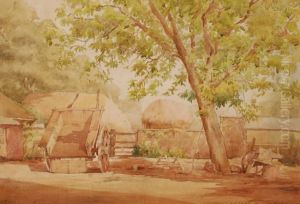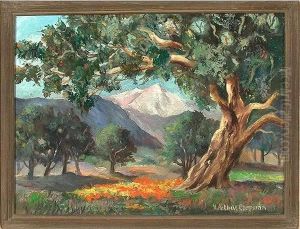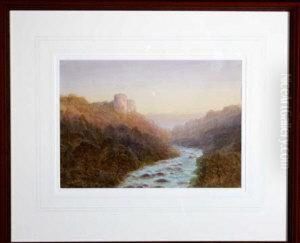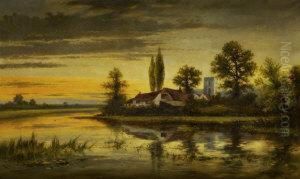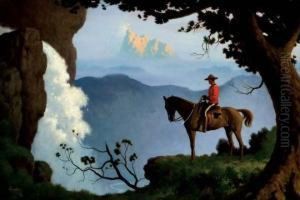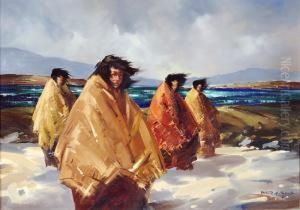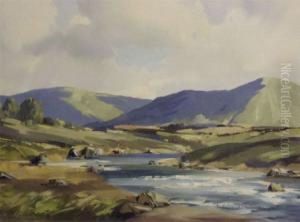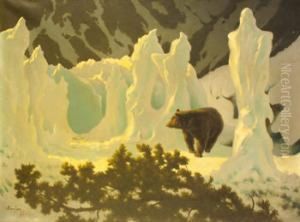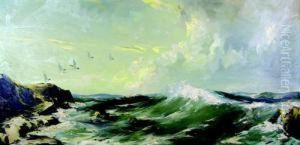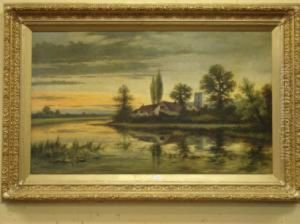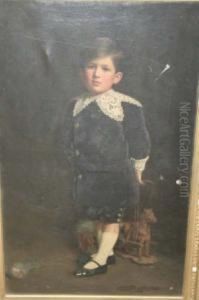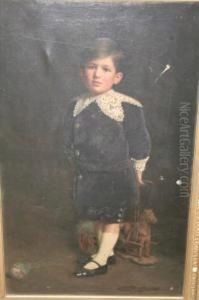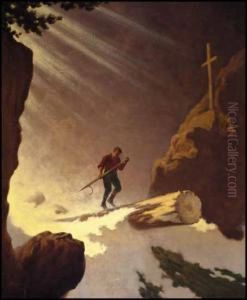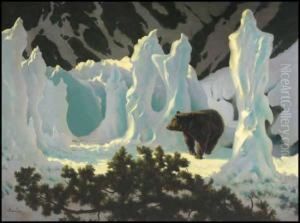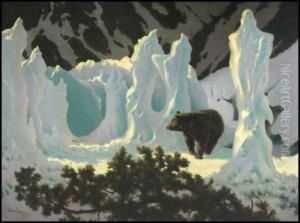Arthur Henry Howard Heming Paintings
Arthur Henry Howard Heming, born on January 17, 1870, in Paris, Ontario, Canada, was a painter, author, and explorer known for his works that captured the wild landscapes and inhabitants of the Canadian North. Heming's artistic talents were apparent from a young age, and he pursued formal training at the New York School of Art, where he studied under the influential American artist George de Forest Brush.
Heming's fascination with the North began with his expeditions, and he would often spend months at a time living with First Nations communities, learning their customs and experiencing the harsh yet beautiful environment that would become a central theme in his art. His paintings and illustrations often featured the wildlife and people of the Yukon and Northern territories, rendered with a sense of realism and empathy that was ahead of his time.
In addition to his visual art, Heming was a prolific writer. He authored several books that combined his love for storytelling with his intimate knowledge of the Canadian wilderness. His notable works include 'The Drama of the Forests: Romance and Adventure' and 'The Living Forest: Being a Graphic Description of the Big Woods of the North'. These publications were well-received and contributed to the romantic image of the Canadian frontier.
Heming's dedication to depicting the North did not go unnoticed. His work was exhibited in prestigious venues, including the Royal Canadian Academy of Arts, and he received commissions from various institutions that sought to capture the essence of Canadian identity through art.
Throughout his career, Heming remained an active member of the artistic community, engaging with fellow artists and contributing to the cultural fabric of Canada. He passed away on October 30, 1940, leaving behind a legacy that continues to inspire artists and adventurers alike. His artworks serve as historical documents of a time and place that have undergone significant change, preserving the memory of Canada's early wilderness days.
